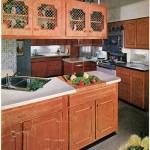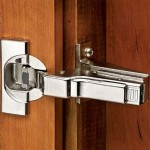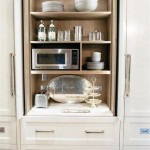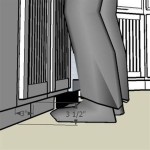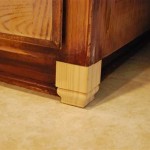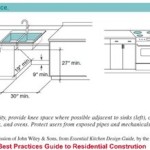Essential Aspects of Kitchen Wall Cupboard Height Adjustment
Kitchen wall cupboards play a crucial role in maximizing storage space and maintaining a functional and aesthetically pleasing kitchen. However, improperly adjusted cupboard heights can hinder accessibility, reduce storage efficiency, and compromise the overall functionality of the kitchen.
Adjusting the height of kitchen wall cupboards is a relatively simple task that can significantly improve the usability and efficiency of your kitchen. Here are the essential aspects to consider when embarking on this project:
1. Determine the Optimal Height
The optimal height for kitchen wall cupboards depends on several factors, including the height of the user, the location of the cupboards in relation to appliances, and the intended use of the cupboards.
For upper cabinets, a general rule of thumb is to position the bottom of the cabinet approximately 18-24 inches above the countertop. This height allows for comfortable reach and ensures that frequently used items are easily accessible while considering the height of taller appliances like refrigerators and ovens.
2. Choose the Right Hardware
The type of hardware used for height adjustment depends on the design of the cupboards. Some common options include:
* Hanging rails: Metal tracks that allow cabinets to be hung at varying heights. * Adjustable brackets: Brackets with slots or holes that provide flexibility in height placement. * Hinges with built-in adjustment: Hinges that allow for vertical adjustment of the door, indirectly affecting the cabinet height.3. Measure and Mark Accurately
Before adjusting the height, carefully measure the desired distance from the countertop to the bottom of the cabinet. Use a level to ensure that the cupboard is installed straight. Mark the measurement on both the wall and the cabinet.
4. Adjust the Hardware
Depending on the chosen hardware, the adjustment process may vary. For hanging rails, adjust the height by sliding the cabinet up or down and securing it with screws. For adjustable brackets, loosen the screws and move the bracket to the desired height.
5. Securely Mount the Cabinet
Once the height is adjusted, securely mount the cabinet to the wall using screws or other appropriate fasteners. Ensure that the cabinet is level and stable before using it.
6. Check Accessibility and Functionality
After adjusting the height, test the accessibility and functionality of the cupboards. Make sure that items can be easily reached and that the doors open and close smoothly without obstruction.
7. Consider Professional Assistance
If you are not confident in adjusting the height of your kitchen wall cupboards on your own, it is advisable to consult a professional. A qualified kitchen installer or handyman can ensure proper installation and prevent any potential safety hazards.
By carefully considering these essential aspects, you can successfully adjust the height of your kitchen wall cupboards, creating a more functional, efficient, and enjoyable cooking space.

Wall Unit Fitting Adjustments Diy Kitchens Advice

Wall Unit Fitting Adjustments Diy Kitchens Advice

Wall Unit Fitting Adjustments Diy Kitchens Advice

Wall Unit Fitting Adjustments Diy Kitchens Advice

How To Install Kitchen Cabinets The Wall And Floor With Ease

How To Install Kitchen Cabinets The Wall And Floor With Ease
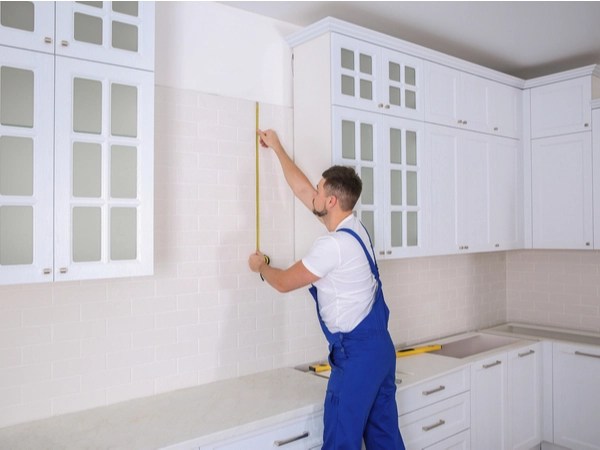
How High Upper Cabinets Should Be From Your Floor And Countertop
Setting Kitchen Cabinets 41 Lumber Serving Iron Mountain And The U P

What Gap Do I Need Between The Worktop And Bottom Of Wall Units

How To Adjust Cabinet Hinges Bob Vila
Related Posts

